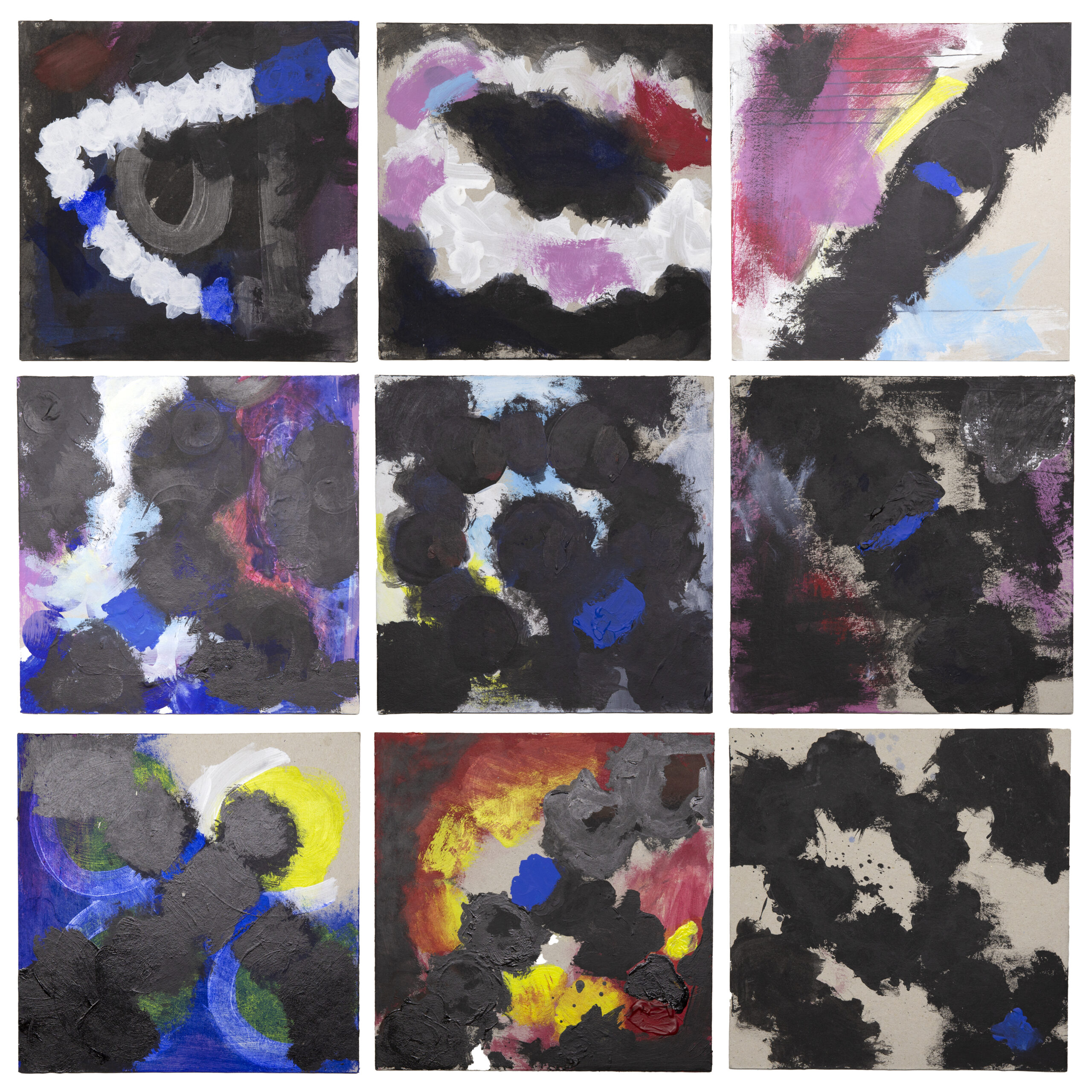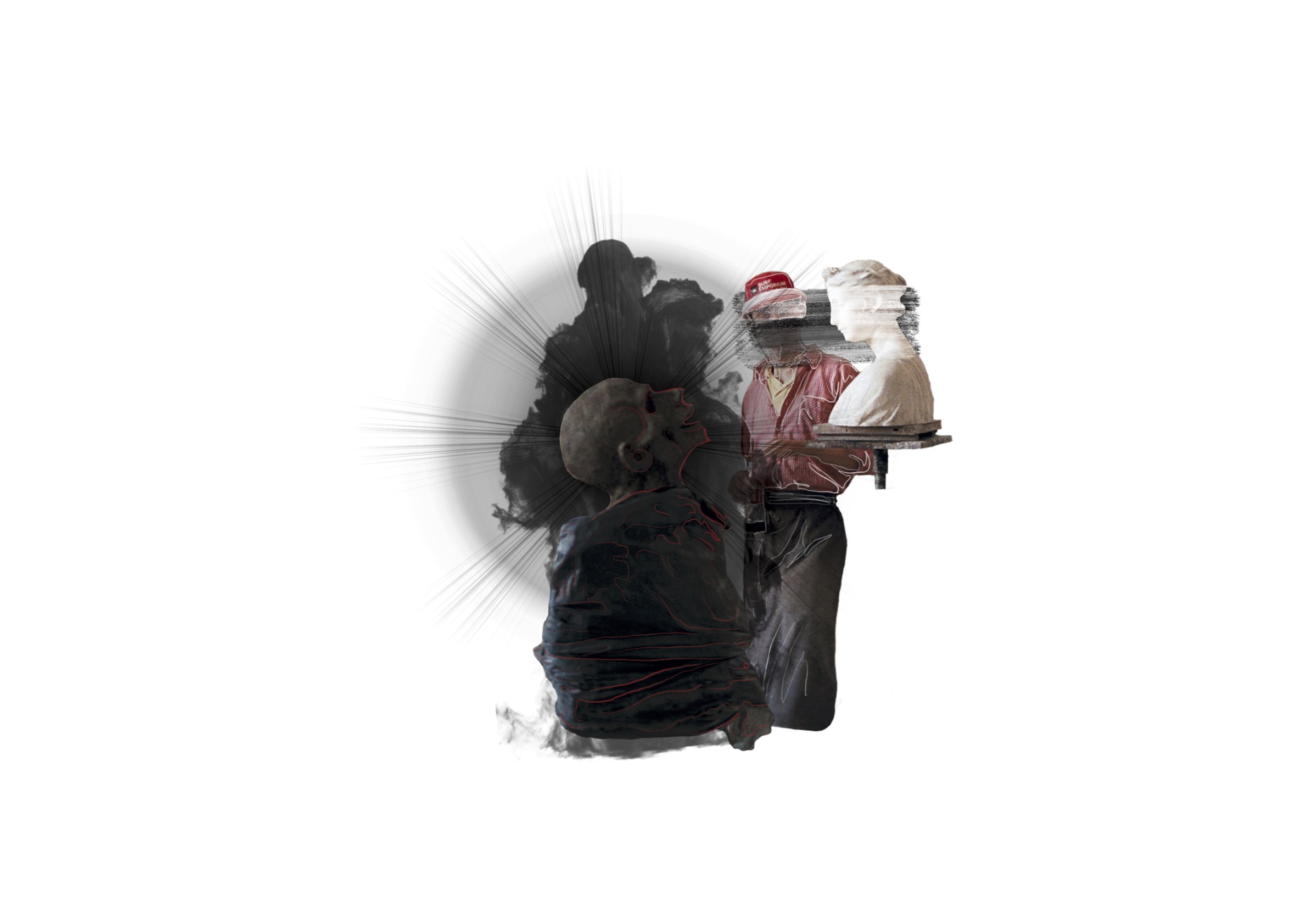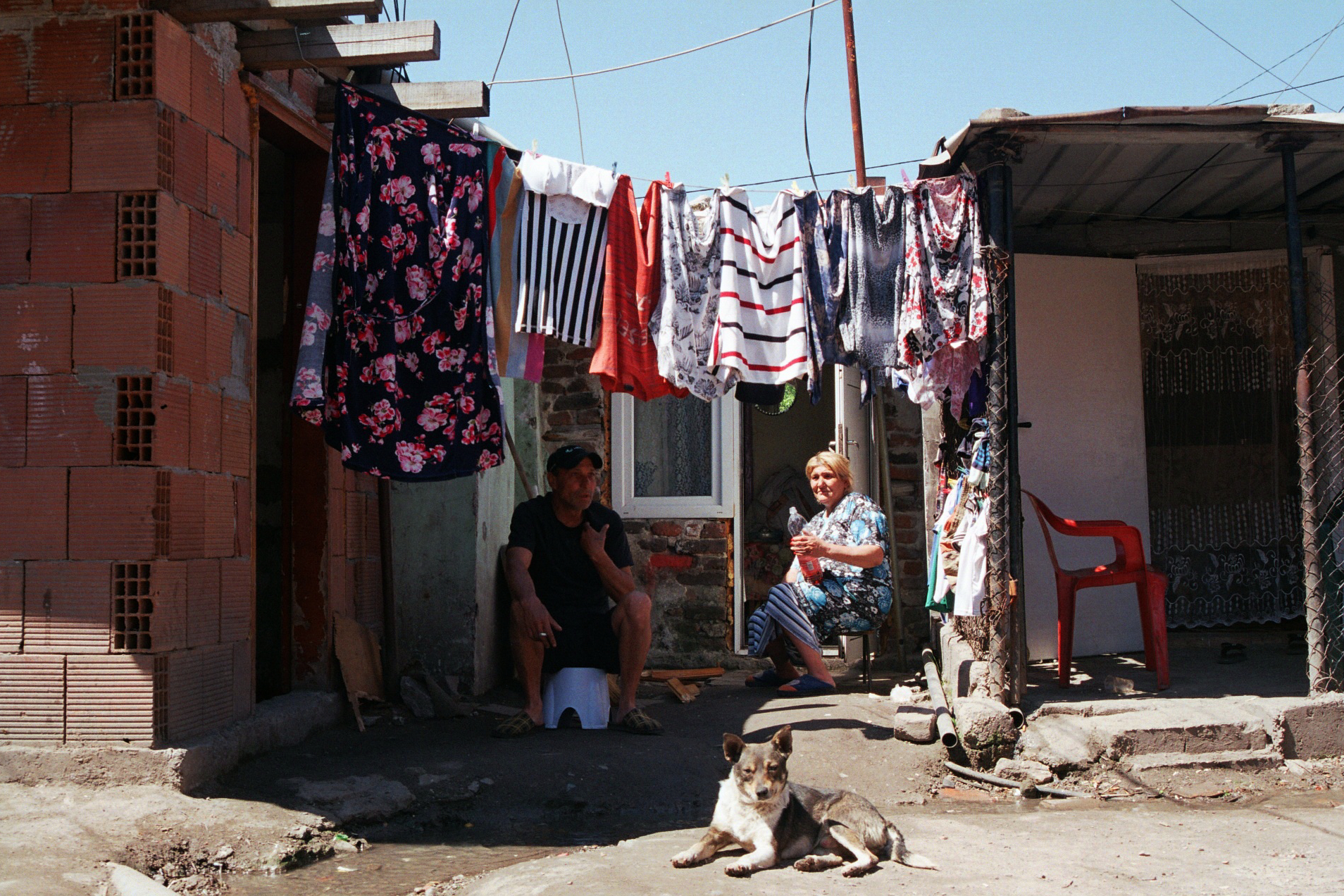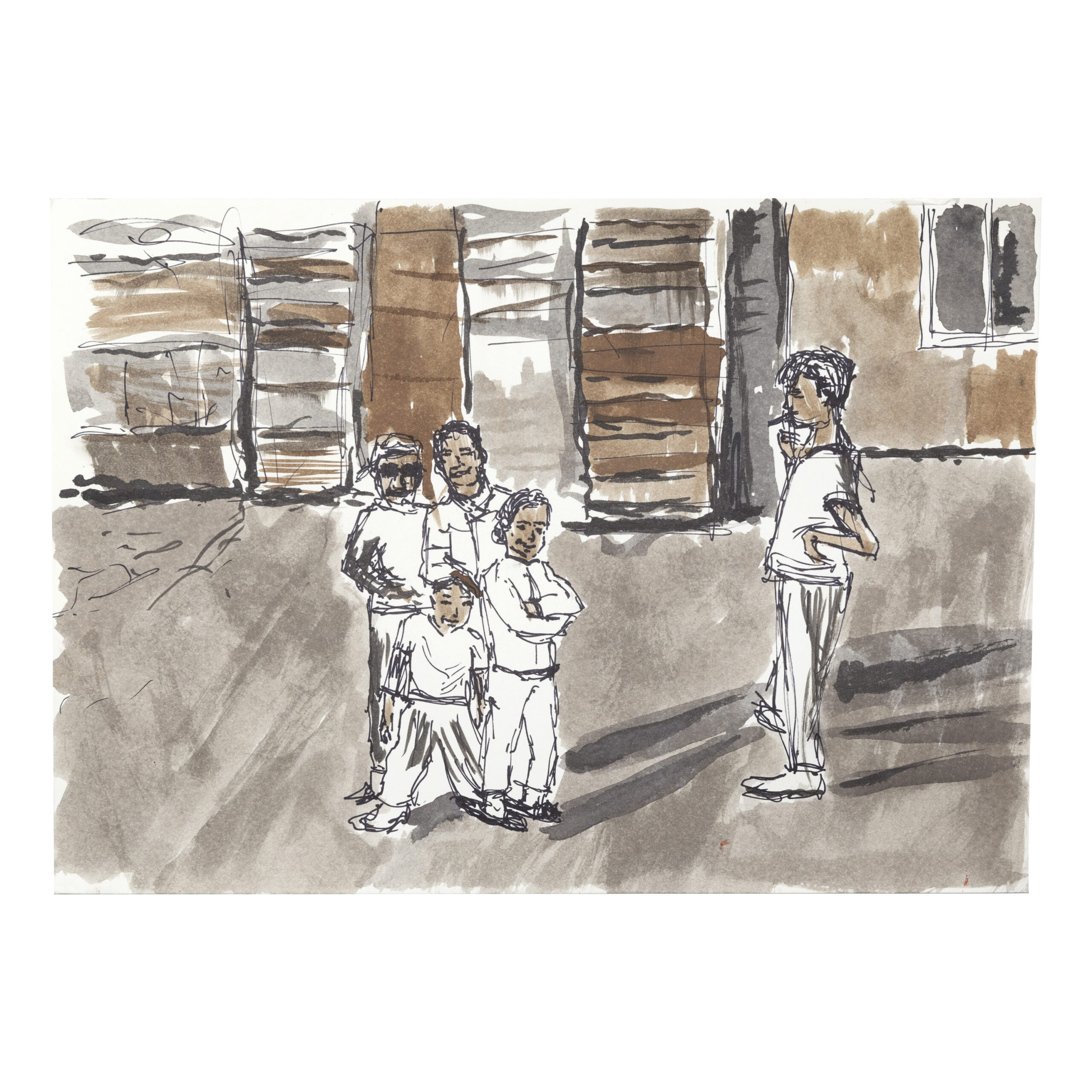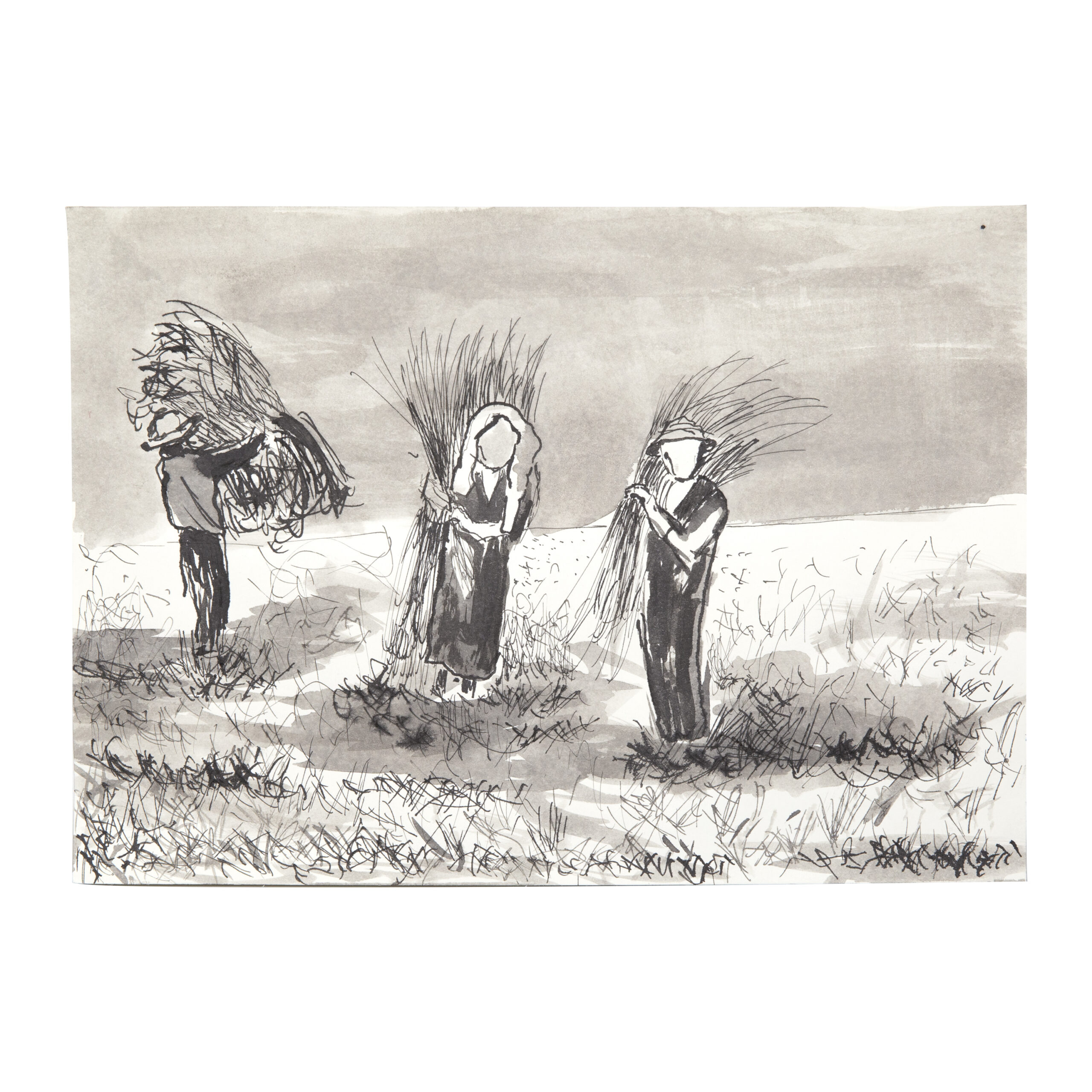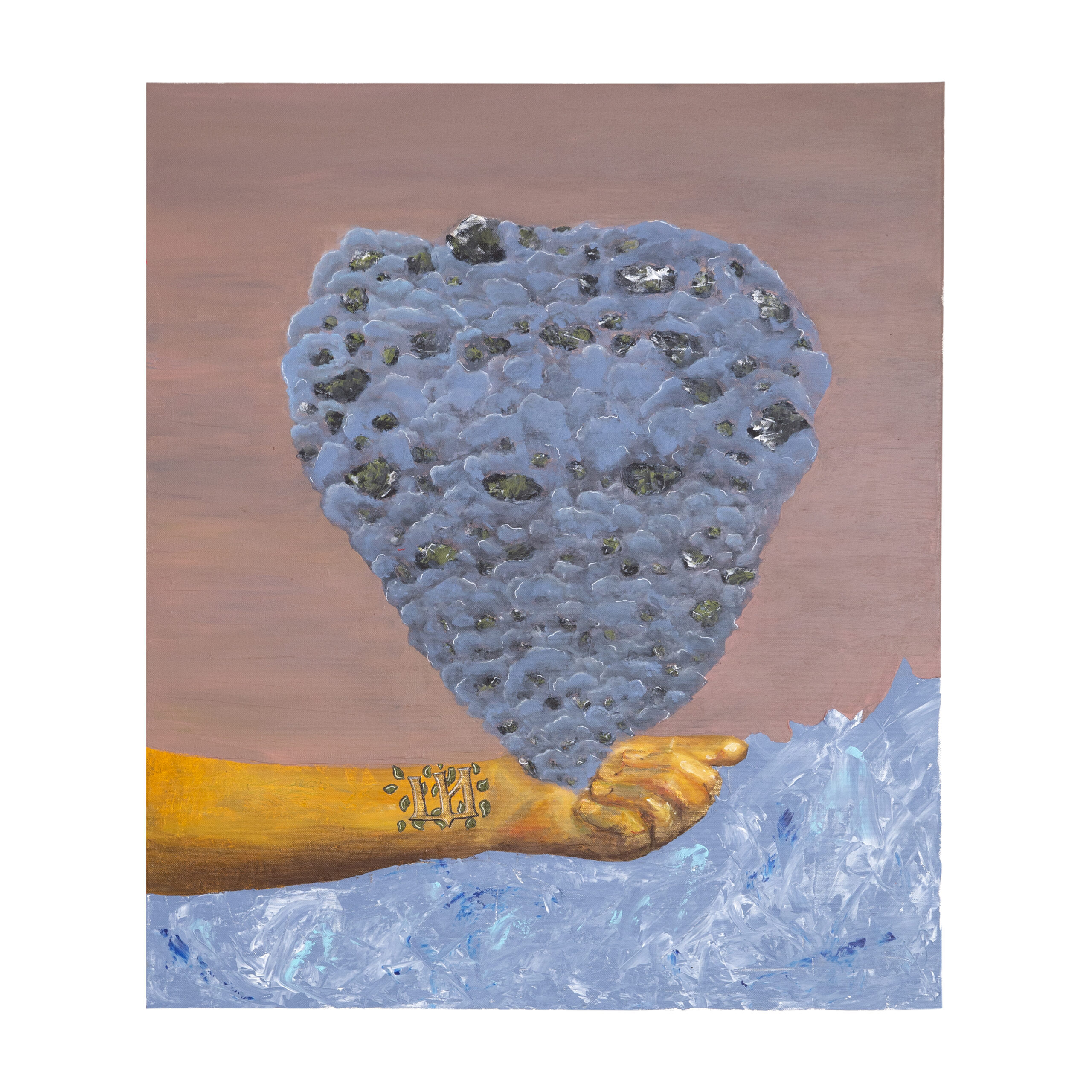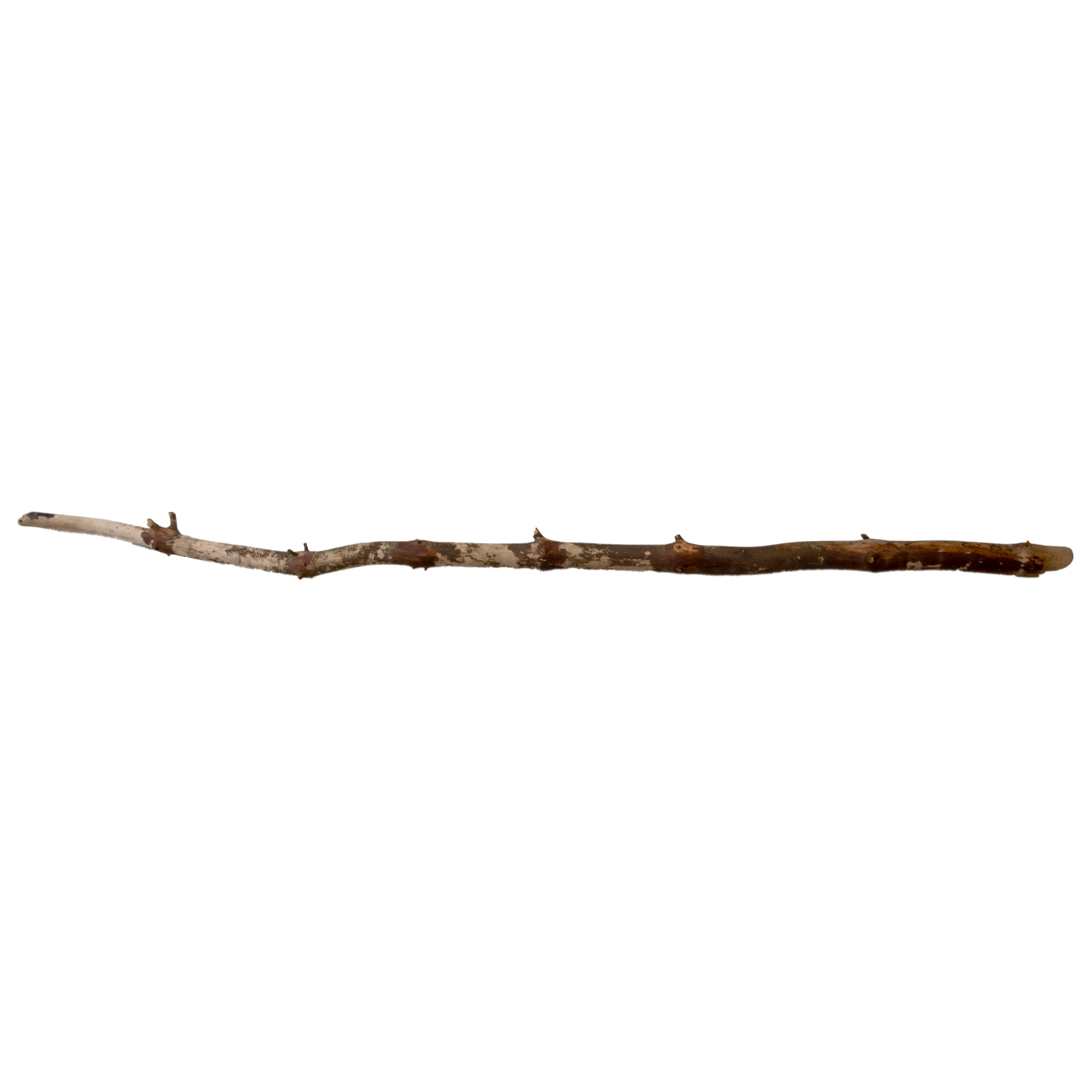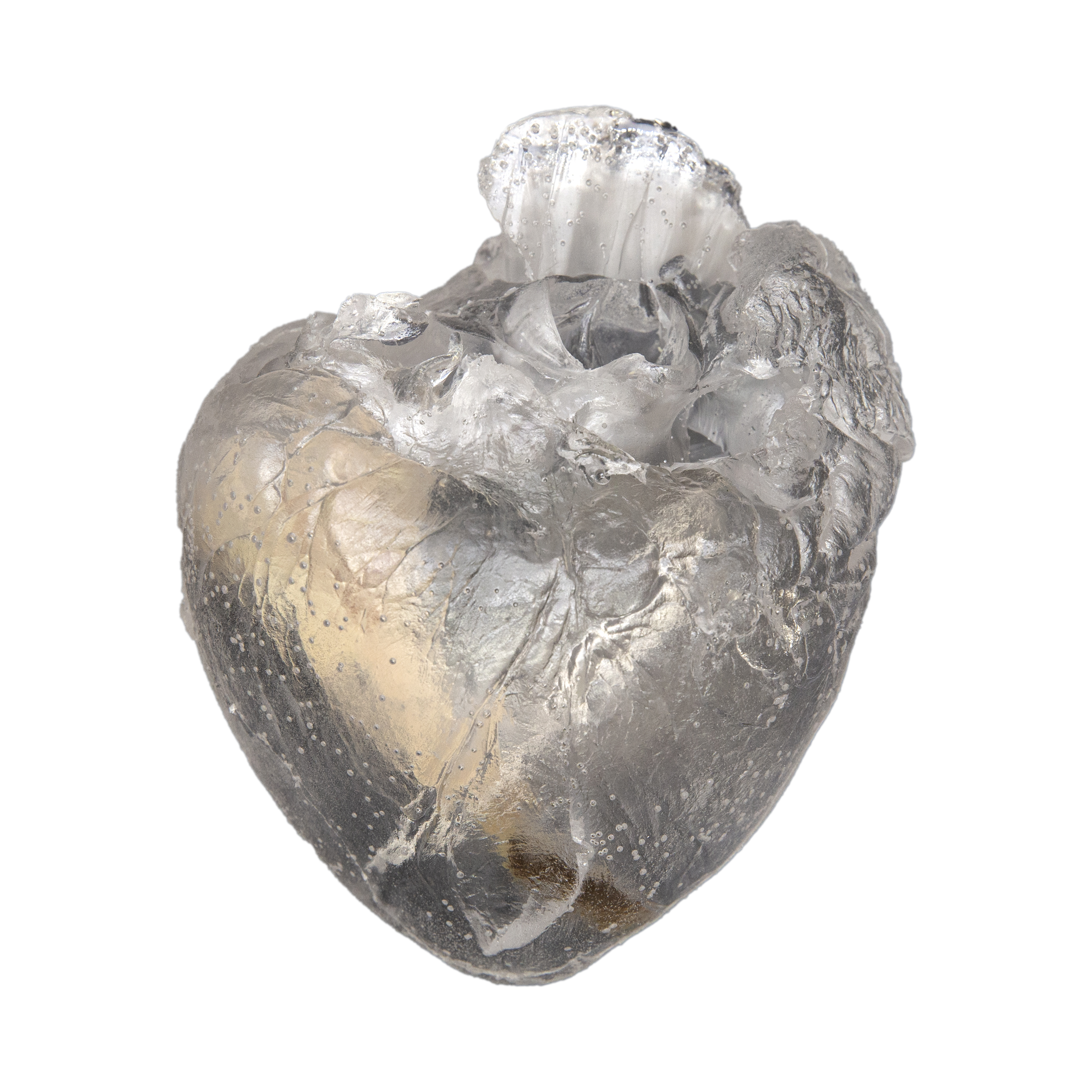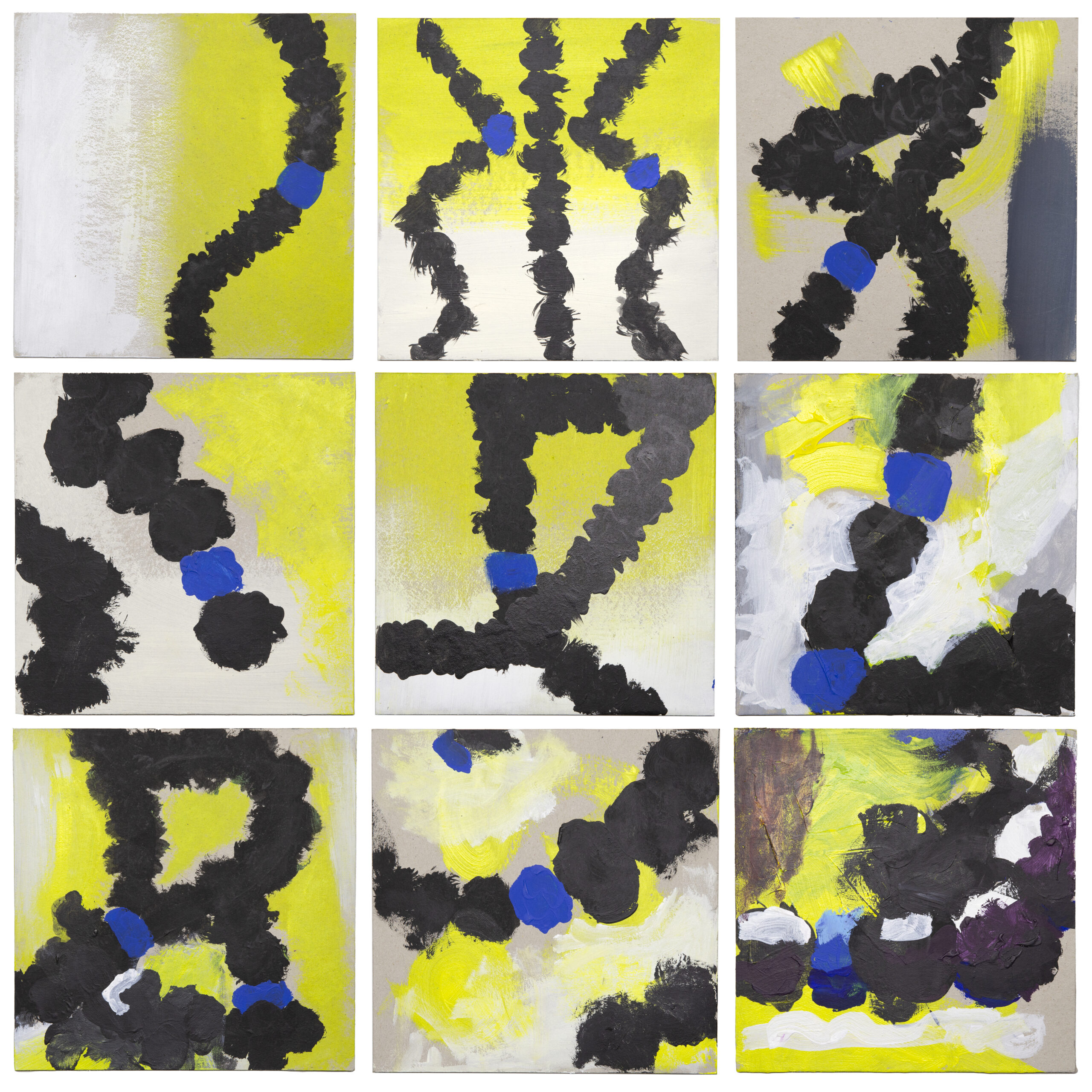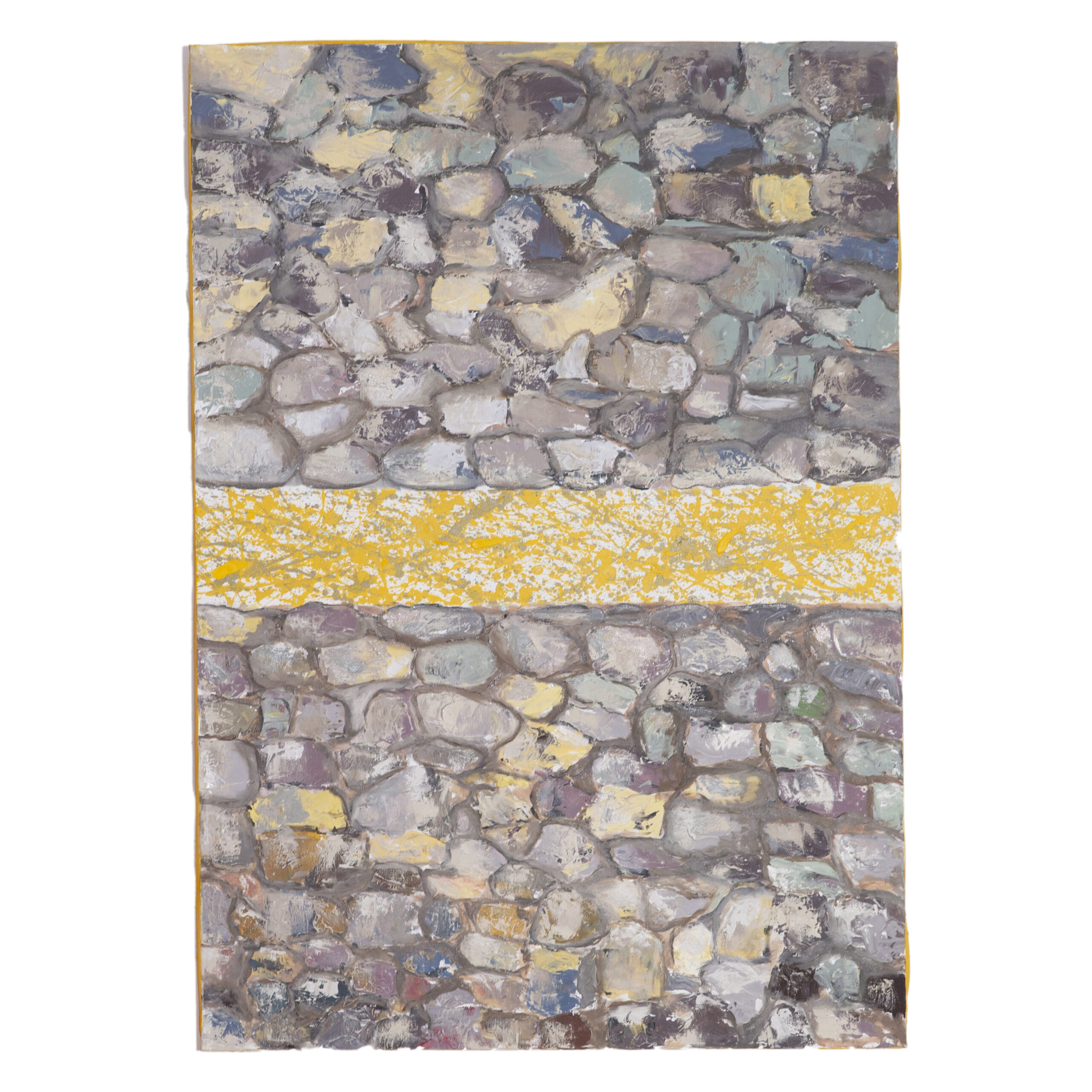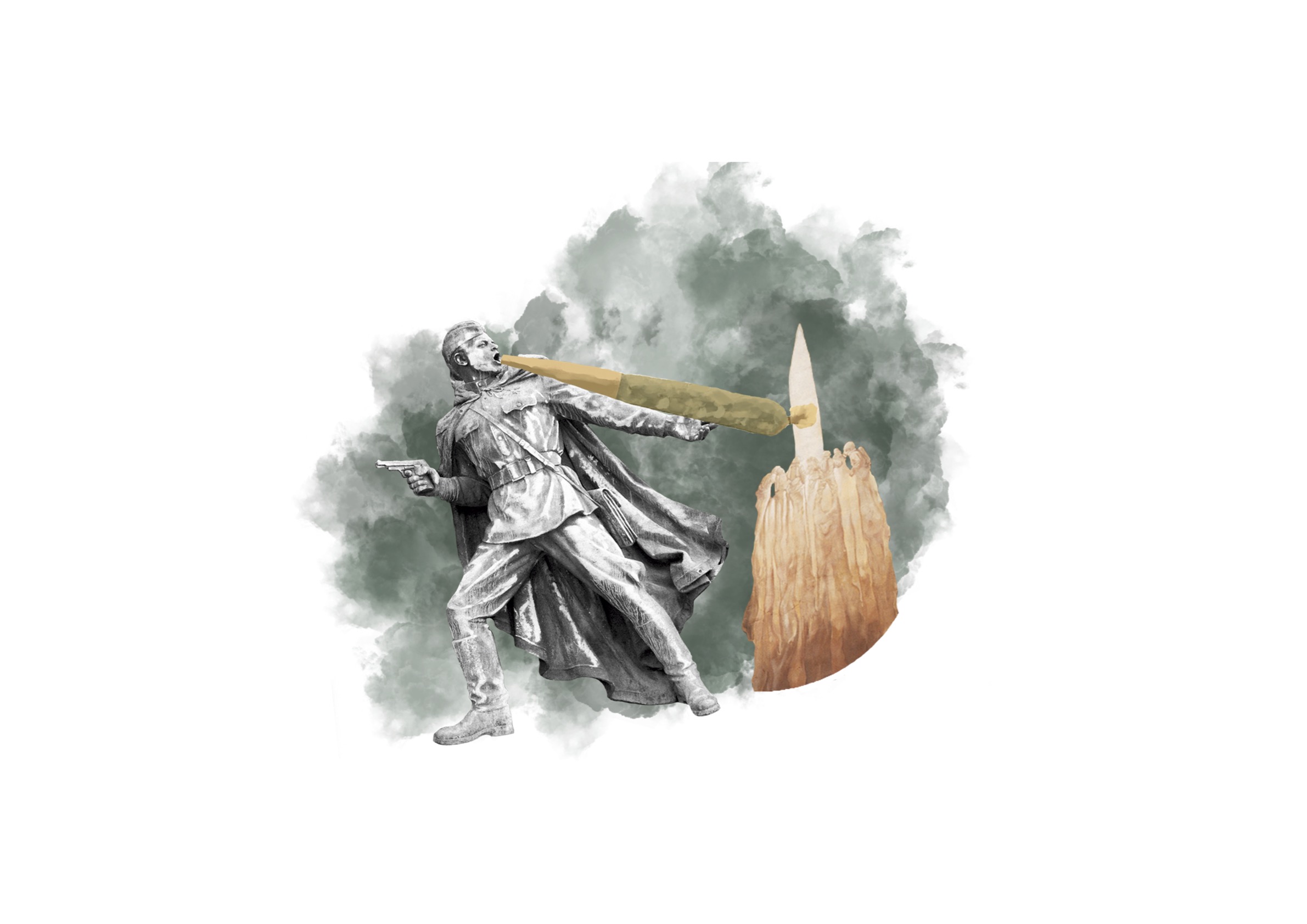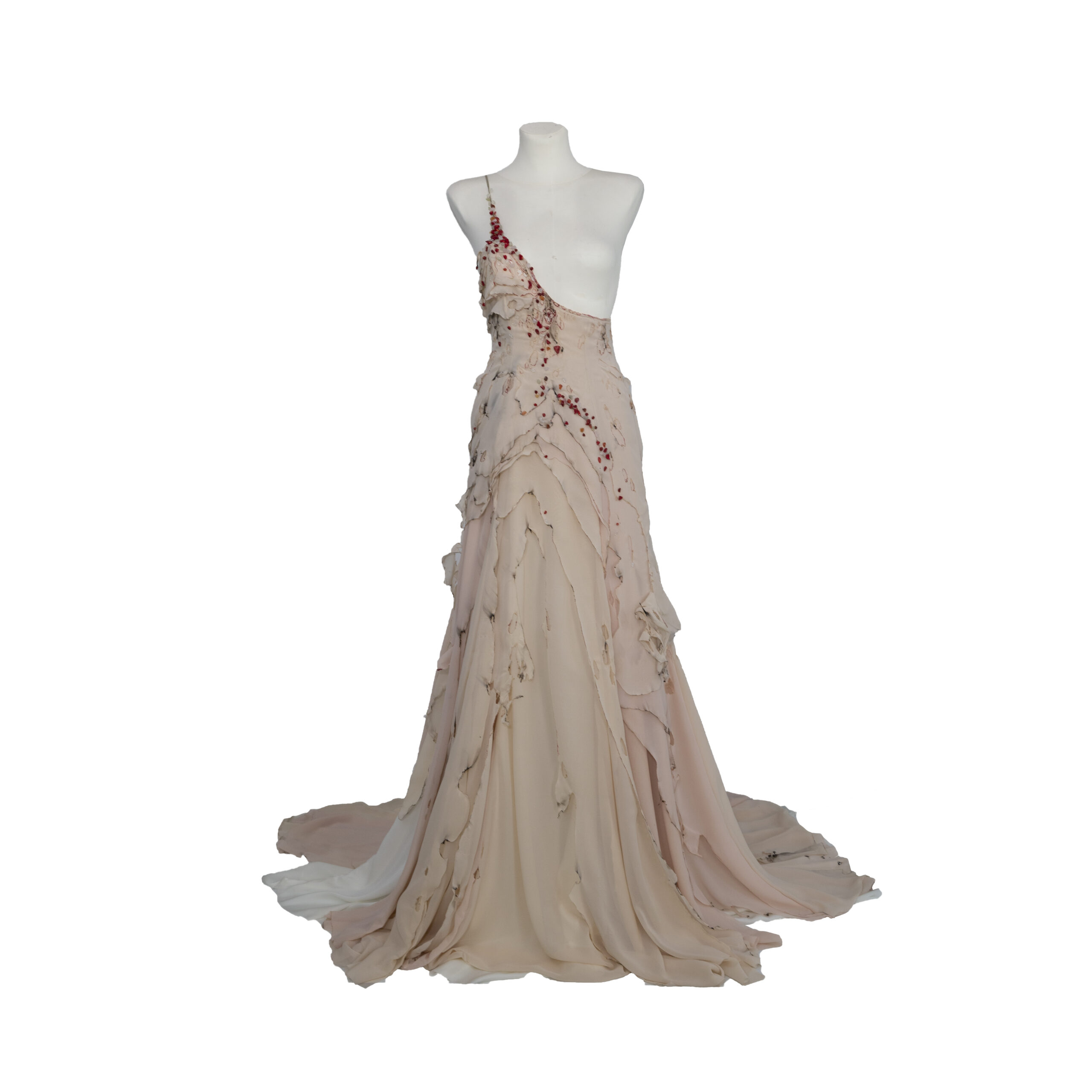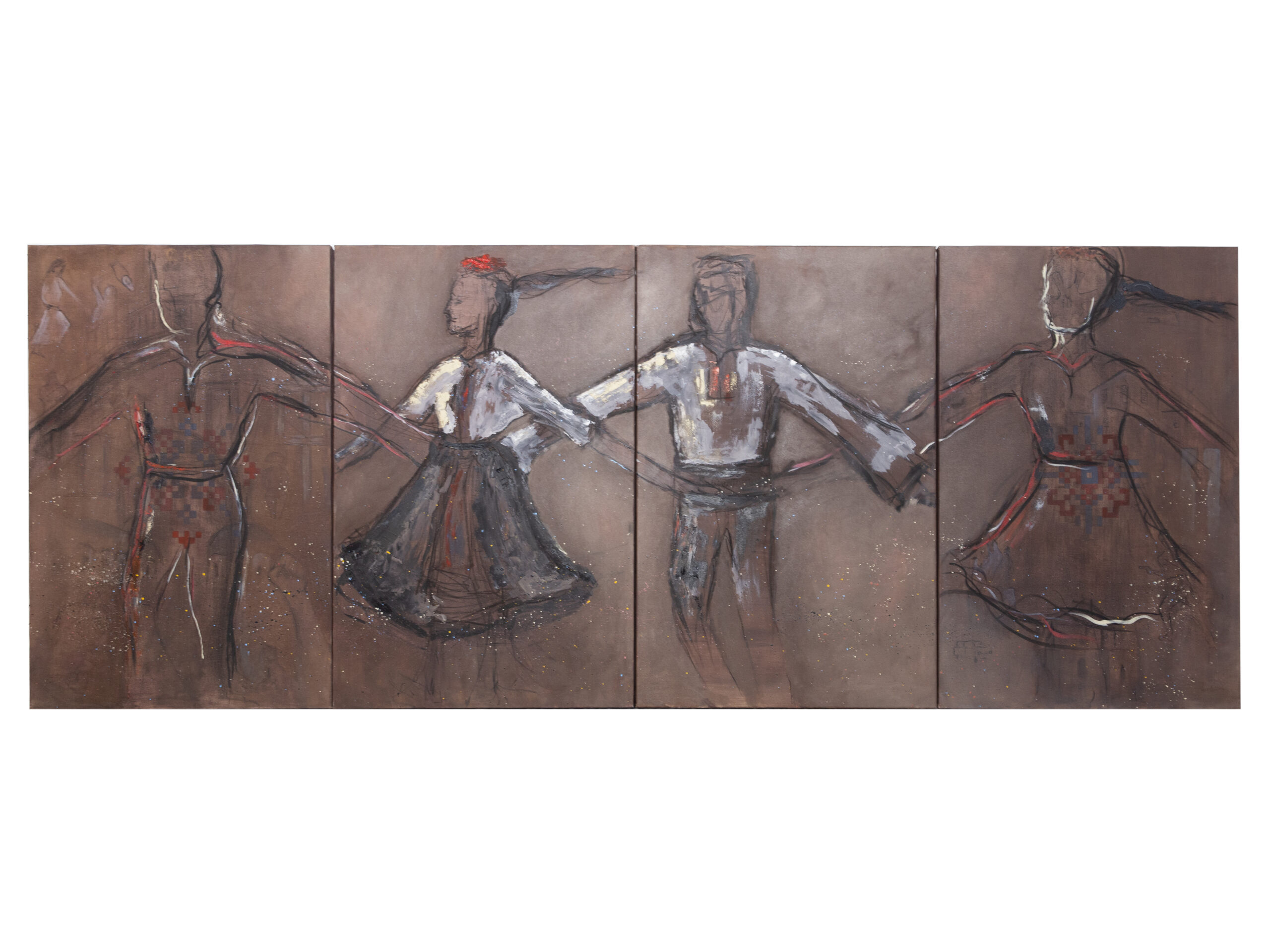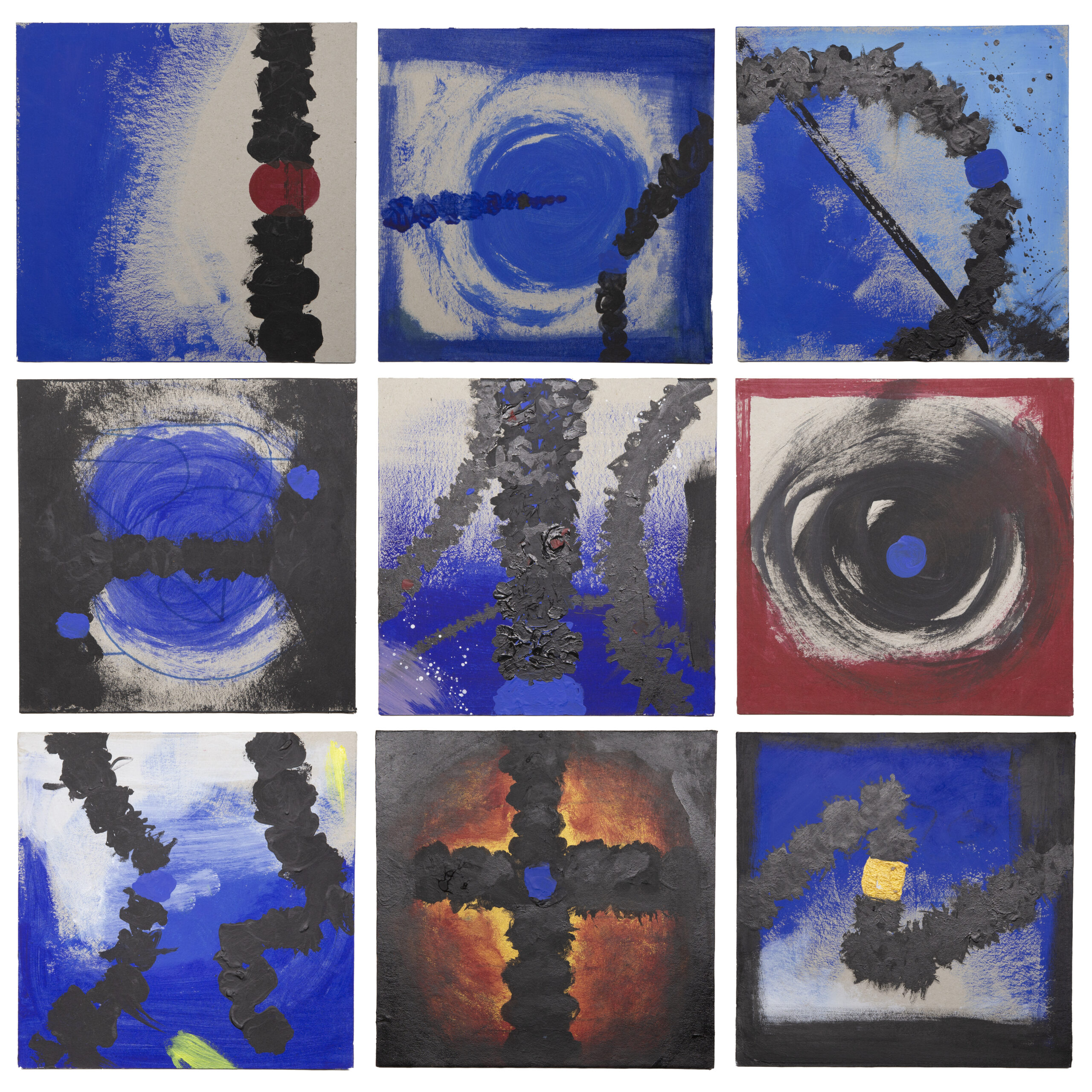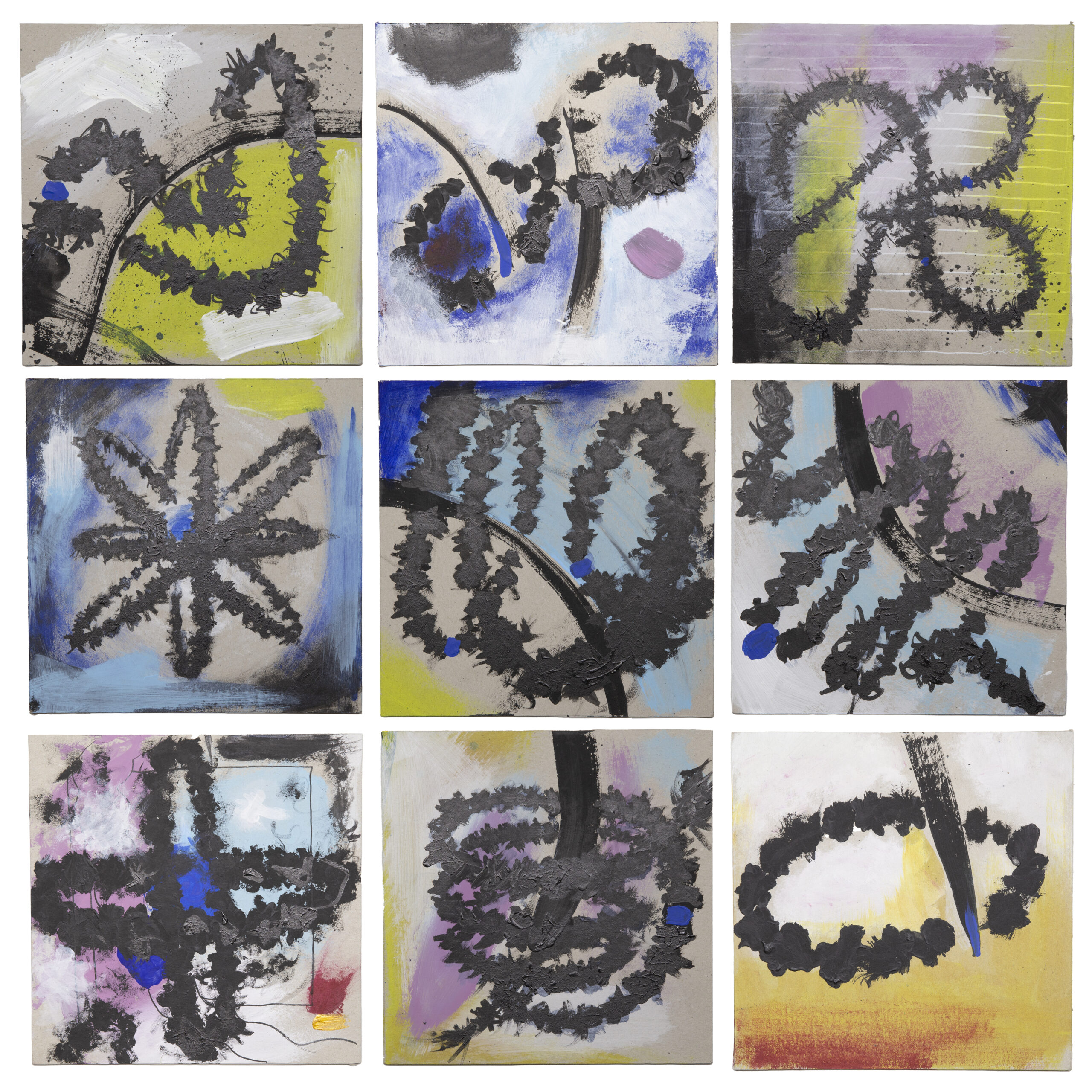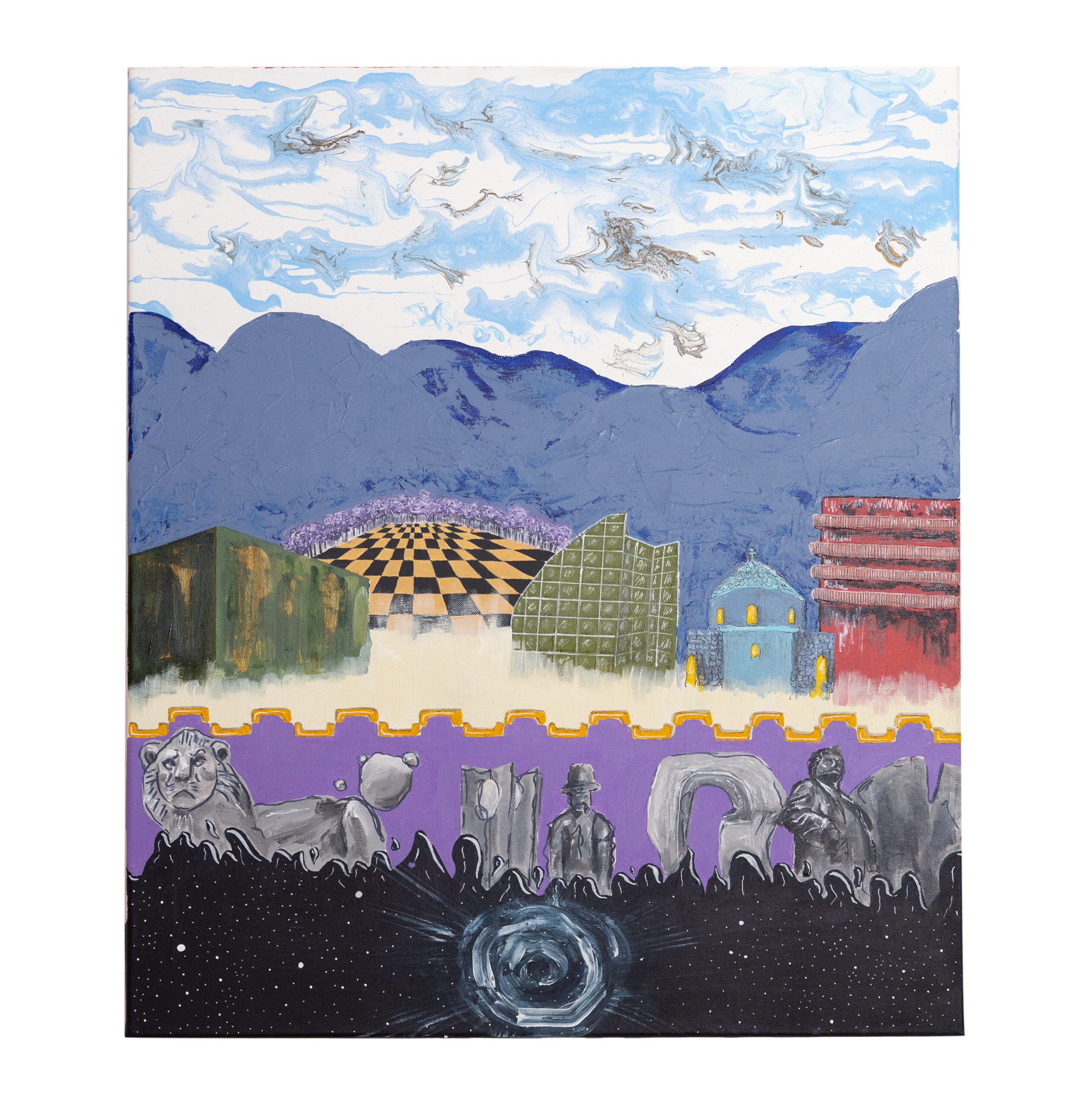Ennios Eros Giogos
Descriptive information
Type of artwork: Painting | Series of 9 pieces
Material(s) & Technique(s): Acrylics, inks, charcoal on cardboard
Dimensions: 20cm X 20cm (each piece)
Year: 2021
Location: Sofia, Bulgaria
Technical information
Digitisation of artwork: Panagiotis Diapoulis
Equipment used: Cameras: Canon 5D Mark IV, Canon 6D | Camera Type: DSLR | Lenses: Canon EF 24-70mm f/2.8L II USM, Canon EF 16-35mm f/2.8L II USM, Canon EF 85mm f/1.8 USM
Image processing software: Adobe Photoshop 22.3 (Windows)
License
Reuse this file under the terms of the license Creative Commons Attribution – ShareAlike (CC BY-SA 4.0)
How to cite this image
“Coexistence D 1-9”. 2021. Artist: Ennios Eros Giogos. Source: ECHO II website. License: CC BY-SA 4.0.
How you attribute creators of CC-licensed works depends on whether you modify the content, if you create a derivative, if there are multiple sources, etc. For more help, see the best practices for attribution on the CC Wiki.
About this artwork
“Coexistence” consists of 8 groups of 9 paintings: A 1-9, B 1-9, C 1-9, D 1-9, E 1-9, F 1-9, G 1-9, H 1-9. The central theme is the imprinting of the concept of wish through the symbol of the rosary. An artistic research on form and colour, thus creating conditions for the manifestation of different intentions of the different communities that coexist in the city of Sofia. Inside these forms, the viewer can find references to the letters of the Greek and the ancient Bulgarian alphabets combined, decomposed, and re-arranged. Each group is composed of a common logic-aesthetics, constituting a difference within the wider whole, just like the different communities in a society. The letter as a matter of thought follows the concept of the wishes and of the intentions.
Ennios Eros Giogos
The rosary, this string of small beads of magical significance, is the central element in this series of small paintings painted on paper with acrylics. The strings are combined with other elements of equal symbolic significance. The letters of the alphabets, which are placed in a sort of dialogue between the Glagolitic and the Greek letters, as well as other geometric shapes are collected and composed in the symbolic shape of the square. They are placed on 8 canvases with 9 picturesque panels in each. Expressive compositions of colours and signs are painted on all. Each canvas follows a certain scheme, and depicts one theme in different ways. The common denominator among them remains the image of the rosary, a symbol of the unity of differences.
